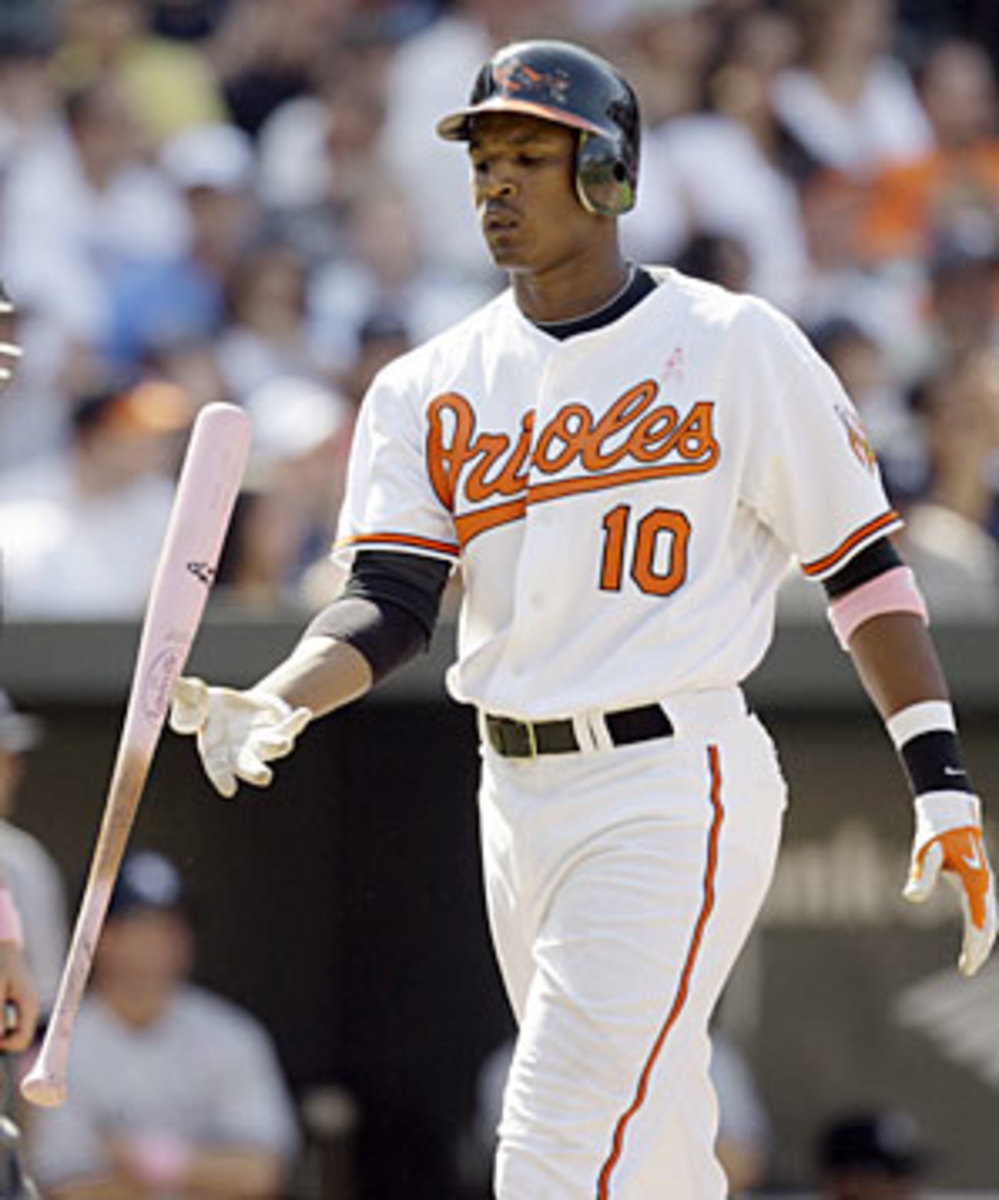
What you need to know about fantasy baseball player raters
Two weeks ago, we covered the innings pace projection as something that fantasy league providers like Yahoo, CBS Sports, and ESPN give to customers, often with the result of creating a psychological imperative towards a goal and shaping the way that those in leagues manage their pitching staffs.
Another tool that fantasy league providers give out is a "player rater" -- a mathematical algorithm that takes accumulated statistics to date and spits out how players measure up to each other in overall fantasy value for the current season.
The psychological impact of seeing how one player compares to the next should not be underestimated. Raise your hand if you've ever offered or considered a trade in consult with your league provider's player rater.
We believe there are a few basic things that everybody needs to know about player raters:
First, not all player raters are the same.
For example, Yahoo's player rater is a pretty dominant feature in its service. You can't make a trade without seeing it. And if you are using it, you'll see the top current five batters so far in the 2009 season listed this way:
1. Albert Pujols2. Ian Kinsler3. Evan Longoria4. Raul Ibanez5. Adam Jones (yes, almost unbelievably, he's No. 5)
You'll have to search a bit harder for CBS Sports' player rater. But once you find it, you'll see a different order:
1. Ian Kinsler2. Albert Pujols3. Carl Crawford4. Raul Ibanez5. Kevin Youkilis
Part of the reason for the difference is that the gurus behind CBS Sports, for whatever reason, favor the Head-to-Head points scoring format, and in the past few seasons, has juggled its point calculation formula on "standard leagues." They've constructed their player rater to place more weight on metrics like walks and negative value on metrics like losses and blown saves.
Second, highly scarce statistics like stolen bases and saves tend to make a big impact on player raters.
Obviously, categorical scarcity should play a role in determining value, but at the start of a season, things like a single save or stolen base can be a little deceiving. Take these two players and figure out who is rated as more valuable:
Felix Hernandez: 34 innings, 4 wins, 36 strikeouts, 2.38 ERA, 1.09 WHIP, 0 saves
Jason Frasor: 10.1 innings, 4 wins, 6 strikeouts, 0.0 ERA, 0.48 WHIP, 1 saves
For those who guessed Frasor, congratulations.
It almost goes without saying that player raters measure retrospective value much better than prospective value. A pitcher with a poor strikeout rate may luck his way into a few wins and a good position on the player rater. That's not to say that luck will continue.
Consider Ramon Ramirez, reliever for the Boston Red Sox, who currently has 2 wins and a 0.0 ERA despite having a strikeout rate of 4.8 per 9 innings pitched and a FIP (a measure of adjusted ERA based on peripherals and minus defense) of 3.1.
Right now, Yahoo's player rater judges Ramirez to be the 15th-most valuable pitcher in baseball, ahead of Josh Johnson, among others. Strip away the vulture wins and adjust the ERA and Mr. Ramirez wouldn't crack the top 200 pitchers.
On the other hand, don't totally discount the value of a good middle reliever with solid ratios. Year after year, those in fantasy baseball leagues express some disbelief that middle relievers are indeed valuable in leagues that don't count holds. But in this case, statistics don't lie.
Yes, in 2008, Grant Balfour computed as a Top 100 fantasy player, ahead of Michael Young, Corey Hart and Scott Kazmir. Considering the season that Balfour is having now, it may be tough to figure out those rock-solid middle relievers, but they appear high up on player raters for a good reason: A sub-2.0 ERA in 80 innings is indeed quite valuable. That's a topic for another day, however.
Finally, the longer the season goes on, as sample sizes become larger and larger, player raters gain more credence, but also less worth.
At the start of the season, we all want players who are going to contribute to overall categorical success. As the season moves on, our position in some categories becomes fixed while the opportunity to move ahead in other categories offers promise. Making a player move becomes more dependent on the context of a particular league's standings.
If there's a conclusion to be drawn from all of this, it's that going for the player who is rated as having the highest overall value is not always the smartest move.





































